Shri Gadkari discusses on road construction policies, technologies, challenges
MoRTH: Focus on Method & Machinery
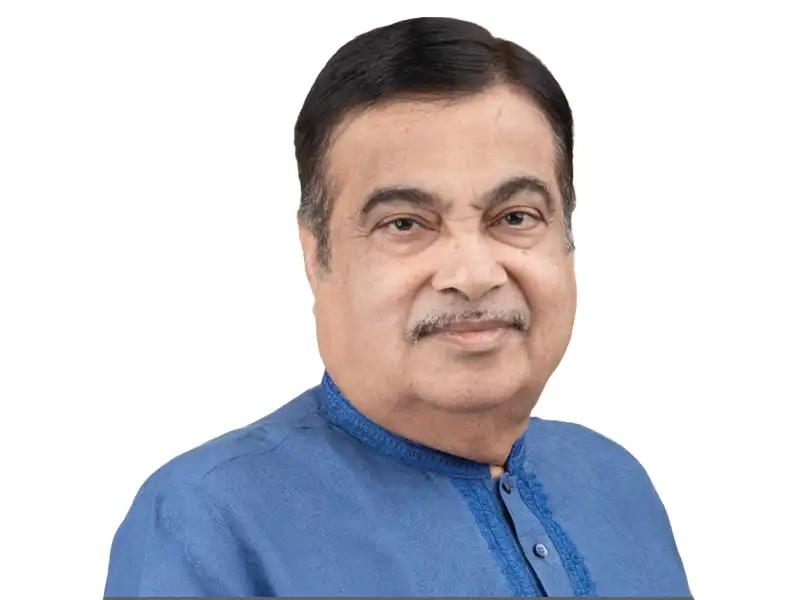
What is the current status of India’s total national highway network and how is it set to grow?
India’s total national highway (NH) network stands at 1,46,145 km as of July 2023, a growth of 60 per cent from 91,287 km in April 2014. It is envisaged that this network will increase 1.3 times to 185,000 km by 2030 and 1.6 times to 237,000 km by 2047. So far, 102,710 km of national highway works have been awarded and 86,406 km have been constructed.Work is going on for 45,000 km at a capital cost of Rs 10 lakh crore. The average annual award has nearly tripled during the period 2014-23 (11,287 km) vis-à-vis 2004-14 (3,952 km). The average annual construction has more than doubled from 4,174 km during 2004-14 to 9,304 km in 2014-23.
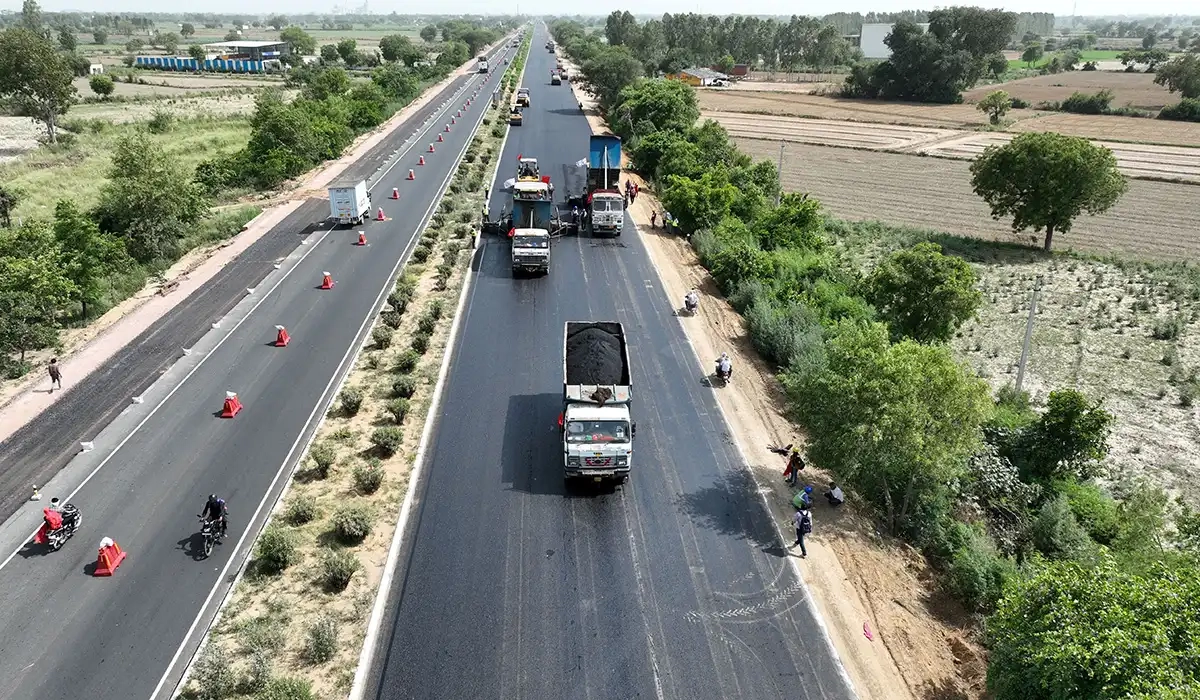
How is MoRTH expediting construction of roads & highways?
MoRTH’s focus has been on not just increasing the length of the national highway network but also on enhancing the lane configuration of roads. Between 2014 and 2023, the length of national highway with four lanes and above has increased 2.4 times, from 18,371 km (20 per cent of the total) to 44,654 km (31 per cent of the total). Similarly, the length of two-lane/ two-lane with paved shoulder NHs has increased 1.8 times, from 45,399 km (50 per cent of the total) to 83,941 km (58 per cent of the total).MoRTH’s flagship scheme – the Bharatmala Pariyojana has adopted a scientific planning approach to identify 65,000 km of network to connect 600 districts with four+ lane highways. Under Phase I, 34,800 km of national highways are being developed, of which 26,900 km has been awarded and 14,300 km has been constructed so far. Under this phase, the ministry also plans to develop 27 high speed expressways and access-controlled corridors of about 10,000 km length, at a total capital cost of Rs 4.5 lakh crore. As of July 2023, projects of 7,200 km length have been awarded and construction completed for 3,200 km. MoRTH’s average annual expenditure has increased six times, from Rs 51,204 crore in 2013-14 to Rs 3.13 lakh crore in 2023-24.
Given your encouragement to advanced technology and emphasis on adherence to global quality standards, how are you addressing the issue of frequent road accidents, potholes, and poor road maintenance?
My Ministry is committed to offering a world-class, good quality, and safer highway network across the country. Road Safety is the topmost priority for the government. Road surfaces with good riding quality ensure safer traffic movement. We are adopting robust design and construction techniques without compromising on quality to prevent any failures in the road structure and to ensure that they perform well throughout their service life.India’s total national highway network stands at 1,46,145 km as of July 2023, a growth of 60 per cent from 91,287 km in April 2014. We also made the highest ever record of constructing 37 km highway line per day in the year 2021.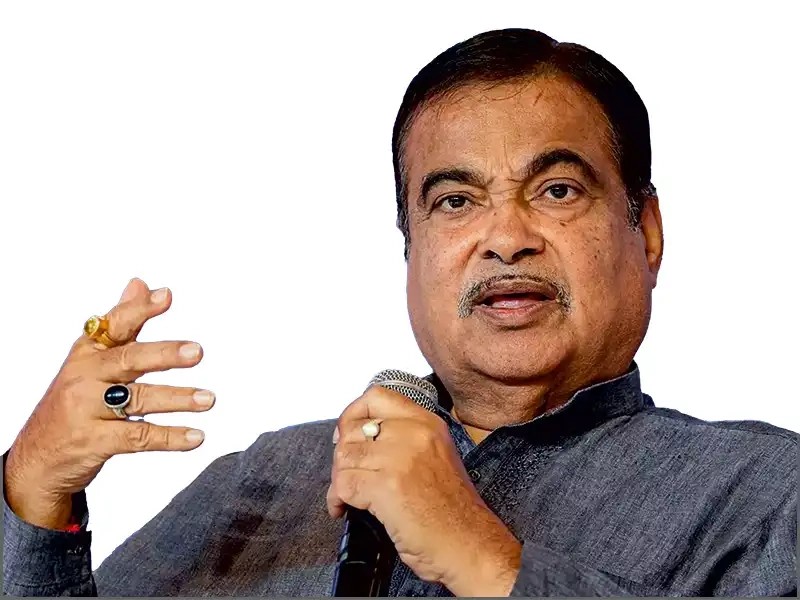
I have already instructed all representatives from oil refineries, bitumen manufacturers, suppliers and highway contractors to ensure good quality of bitumen at all stages. We have also applied various durable pavement solutions such as perpetual pavement, cement treated base surface roads, and soil stabilization, for making our highways long-lasting, and saving huge expenses on maintenance and repairing work.
In case of potholes and other distresses, I am proposing a thin white topping technique where an 8-inch cement concrete layer is laid over the existing bitumen road surface. We have tried this technology for some CRF work, which I have personally inspected execution and found to be satisfactory. Plus, the topping technique is very economical compared to conventional CC roads, with a cost saving of 30% or so. We are always open to innovative materials and technology for repairing and retaining our road infrastructure. In addition, Digitization of Design Data & Construction History is a prerequisite for effectively managing roads.
Please give an instance of advanced technology being used in road construction.
NHAI is doing a pilot project to assess the efficacy of 3-D Automated Machine Guided Digital Construction in Lucknow-Kanpur Expressway Project.For road evaluation just after construction, Network Survey Vehicle (NSV) Data including Roughness, Falling Weight Deflectometer (FWD), Automatic Traffic Counter-cum-Classifier (ATCC), Ground Penetrating Radar (GPR), Drone Survey, Weigh-in-Motion (WIM), Advanced Traffic Management System (ATMS), Mobile Bridge Inspection Unit (MBIU) are generally being done annually or bi-annually during the Operation & Maintenance (O&M) period of the asset. These evaluations give the condition of the road at the time of evaluation, but the systems are not intelligent enough to predict progression of the condition.
However, leveraging AI/ML/Data science analytics in the following ways will further improve the approach from Reactive to Pro-active to Predictive:
- Geo-referenced Inventorying of Base/Initial Inventory of Roads, Structures, & Miscellaneous Items of Road Asset
- Enable continuous data not only point data
- Data will be collected more frequently without disturbing the traffic
- Identification of potholes/sections with riding discomfort and their restoration with responsive maintenance
- Better understanding of road deterioration, i.e. initiation, progression and development of distresses to more reliably predict the responsive preservation/maintenance requirement and to understand specific causes of distress
- Better understanding of Overloading Pattern, Traffic Wander etc.
- Roadside Drainage/Waterlogging
- Right-of-Way encroachments
- Bridge Health Monitoring through Instrumentation
- Repository of Time Series Asset Data to facilitate ToT bidder to bid in a more cost-effective manner
- Real time Dashboard/Report/Alerts
There needs to be a strong emphasis on Post-Construction Maintenance to preserve roads, maintain their serviceability and riding comfort, and minimize structural deterioration to extend road life in a cost-effective and sustainable manner.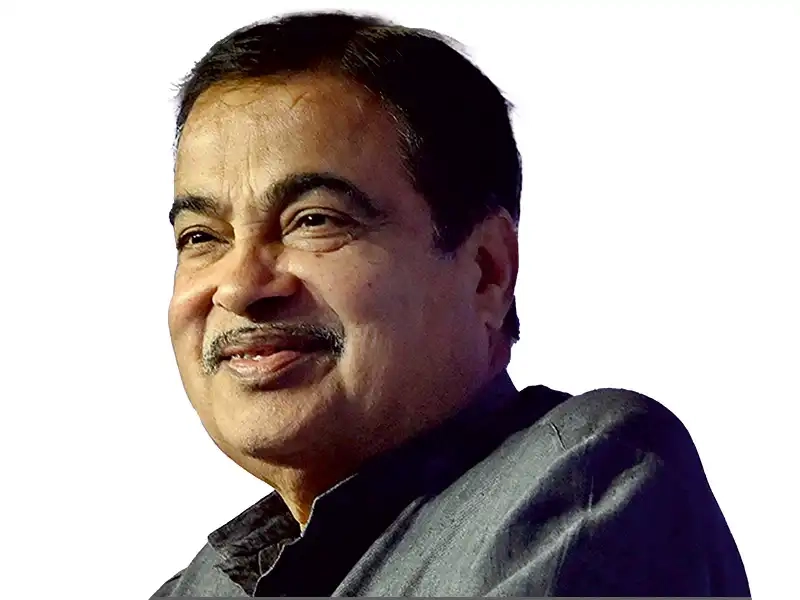
What innovations are being adopted to make roads more sustainable and to minimize wastage and damage to the environment?
In the road sector, a lot of new innovative, advanced, alternative materials and construction machines, technology and designs are coming in for sustainable and cost-effective highway development. Science & Technology play a very pivotal role for their laboratory to field adoption. The governing strategies are the three R’s: Reduce, Reuse and Recycle; preservation of ecology and environment through optimization of Design (Material Savings, Longer Life); reduce carbon footprint by adopting Green Practices and Sustainable Construction Materials; and evaluation based on Life-Cycle Costing.Reuse of reclaimed materials from road quarry can be implemented in the following ways:
- Circular use: Recycling up to 100% of reclaimed existing road building materials using Milling and Recycling
- RAP bank along the National Highway
- Salvaging the residual value of reclaimed existing road building materials in project costing
- Improving the unsuitable excavated material using Stabilisation Technology (or similar) to make it a suitable road building material and minimizing cut to spoil
- Reuse of Reclaimed Lined Drain, Concrete Crash Barrier, W-beam Crash Barrier, Median Kerb, Signage, etc.
- Reuse of Tunnel Mug/Landslide Material
- Transplantation of uprooted trees
Currently, the most important issue, on a global scale, is to reduce carbon emission and dust pollution during construction, and to explore eco-friendly fuels for use in the transport sector. How are you addressing these challenges?
Sustainability and climate change are the biggest challenges facing humanity today. India, as a responsible developing nation, is seen to play a leadership role in undertaking carbon emission and pollution mitigation measures. India, through the COP27 pledges and Paris Agreement has shown its commitment to ensuring a holistic resolution in the fight against climate change. The emphasis has been on reducing our carbon footprint, reducing dependence on imports, and boosting the agricultural sector.The Urban Extension Road as a component of the Delhi Decongestion Plan is utilizing 20 lakh tons of plastic garbage sourced from the Gazipur landfill. Nearly 20 lakh metric tons of solid waste generated in the Ahmedabad Municipal Corporation limits, and 25 lakh metric tons of ash produced by thermal power plants are being used for preparing the base of the Ahmedabad-Dholera Expressway.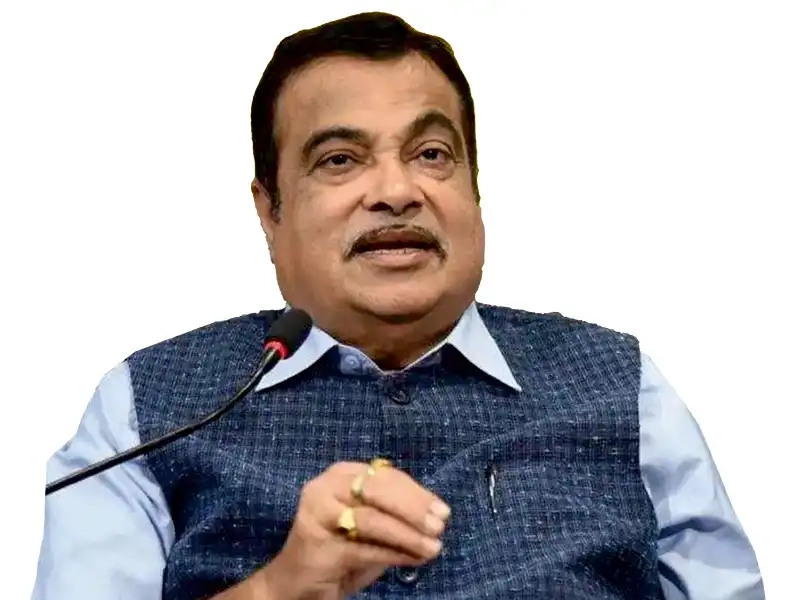
MoRTH has formulated policies and roadmaps to ensure reduction in GHG emissions. Also, being a regulatory body, MoRTH has notified various standards and non-fiscal incentives from time to time to facilitate adoption of green mobility in the country. A few of the major initiatives and achievements are listed below:
Alternate fuels: Adoption of alternate fuels is one of the major objectives of the Ministry, not only to curb carbon emission in road transport, but also to reduce the dependency on oil imports. MoRTH has released notifications to promote adoption of alternate fuels and vehicles powered by these fuels.
- Electric vehicles are expected to play a key role in reducing carbon emissions and MoRTH is undertaking several initiatives to promote widespread usage of such vehicles.
- Ethanol will not only help reduce vehicle pollution but will also boost the agricultural sector of India. India has targeted achieving 20% ethanol blending by 2025.
- Hydrogen Fuel Cell Electric Vehicles (HCEVs) do not produce any tail pipe emission, making hydrogen a clean transport fuel. Further, if hydrogen is produced using renewable sources of energy like solar and wind, it will have minimal carbon footprint.
- MoRTH has also notified H-CNG as an automotive fuel, allowing the addition of Hydrogen (18%) to CNG.
- Bharat Stage VI emission standards effective from 01 Apr’2020.
- Stage IV and Stage V emission norms for farm and construction vehicles.
- MoRTH has also notified Corporate Average Fuel Efficiency (CAFE) norms.
Green Highway policy: Launched in 2015, this policy aims to develop 140,000 km of “tree-line” with plantation along both sides of national highways.
Green National Highway Corridor Project (GNHCP): In December 2020, the Government of India signed an agreement for a $500 million project with the World Bank to develop the GNHCP across 783 km in four states viz. Rajasthan, Himachal Pradesh, Uttar Pradesh, and Andhra Pradesh.
Mandatory implementation of FASTag: Mandated since Feb 2021, Fastag has enabled online toll collection, reducing waiting time of vehicles at toll plazas, which, in turn, has helped save fuel and reduce emissions from vehicles waiting at toll plazas.
Decongestion of urban transport through construction of bypasses, ring roads, lane expansions, and flyovers: The movement of heavy commercial vehicles within city limits is one of the reasons for congestion, higher fuel consumption, and air pollution. Decongestion of traffic in cities can enhance utilization of the existing infrastructure as well as reduce vehicular emissions.
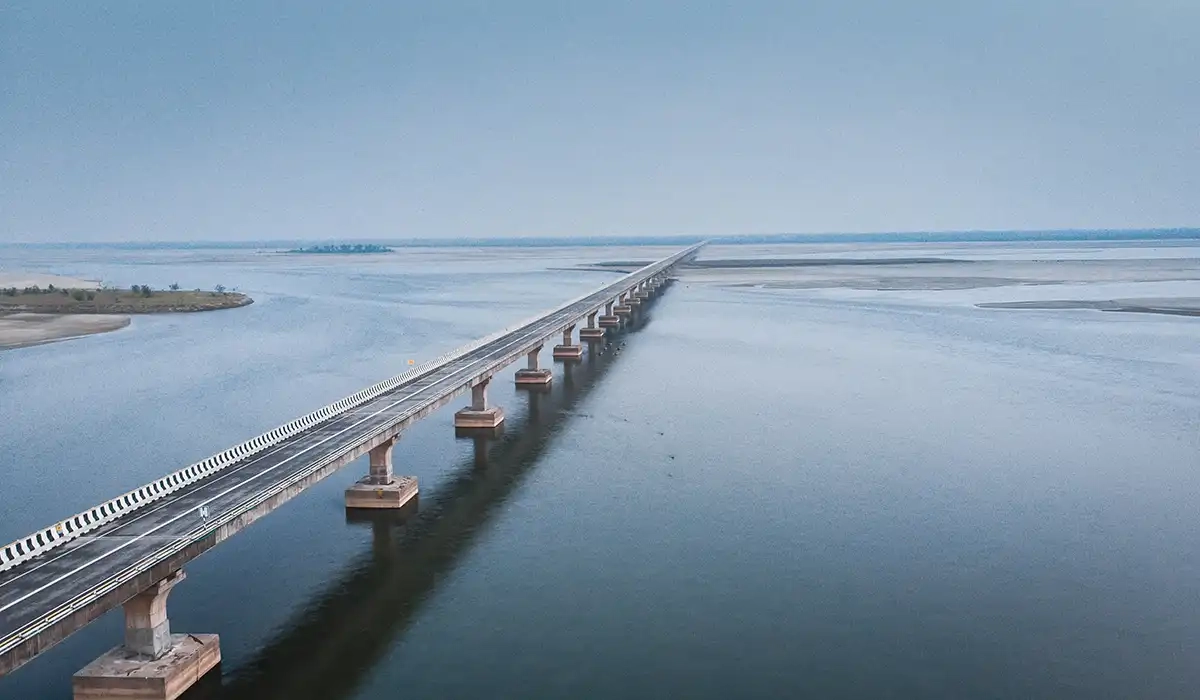
In recent years, you have been advocating use of solid waste and promoting a circular economy at various forums. This can be achieved if we have the right technology, equipment, and if we make it mandatory to use waste materials such as steel slag, plastic, and rubber, and construction and demolition waste. How is your ministry working towards making this a reality in practical terms?
The Government of India has set an ambitious plan for the development of National Highways in the country. The Ministry of Road Transport and Highways has taken various initiatives to discipline use of virgin road building materials and to ensure availability as well as cost-effectiveness of the various alternatives to conventional road building materials, such as steel, cement, bitumen etc. Policy enablers are also there to promote use of waste materials such as steel slag, construction and demolition waste, plastic, rubber, etc in road construction.MoRTH has a policy that mandates use of plastic waste in the wearing coat of Service Roads and Slip Roads throughout the National Highways, apart from periodical renewal coatings of main carriageways on National Highways within 50 kms periphery of urban areas with a population of more than 5 lakhs.
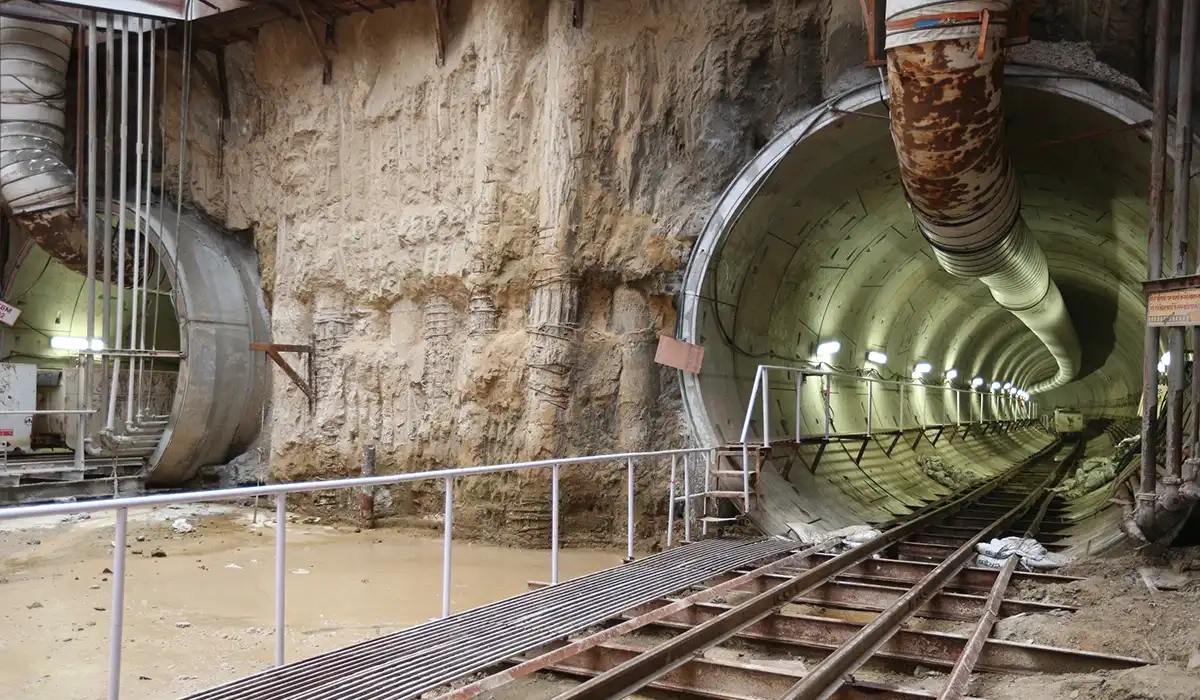
NHAI has formulated a policy that mandates use of waste plastic for making 5% of the length of a road in a project. We are encouraging use of Modified Bitumen made from waste plastic and rubber from discarded tyres.
The Urban Extension Road (UER-II), as a component of the Delhi Decongestion Plan, is utilizing 20 lakh tons of plastic garbage sourced from the Ghazipur landfill. Nearly 20 lakh metric tons of solid waste generated in the Ahmedabad Municipal Corporation limits, and 25 lakh metric tons of ash produced by thermal power plants are being used for preparing the base of the Ahmedabad-Dholera Expressway.
We are always on the look-out for solutions to bring down the cost of construction while improving the quality and protecting the natural environment, hence, there is emphasis on the use of alternative fuels; use and reuse of waste materials; and we are also deploying new techniques like precast concrete technology, and innovations in both method and machinery.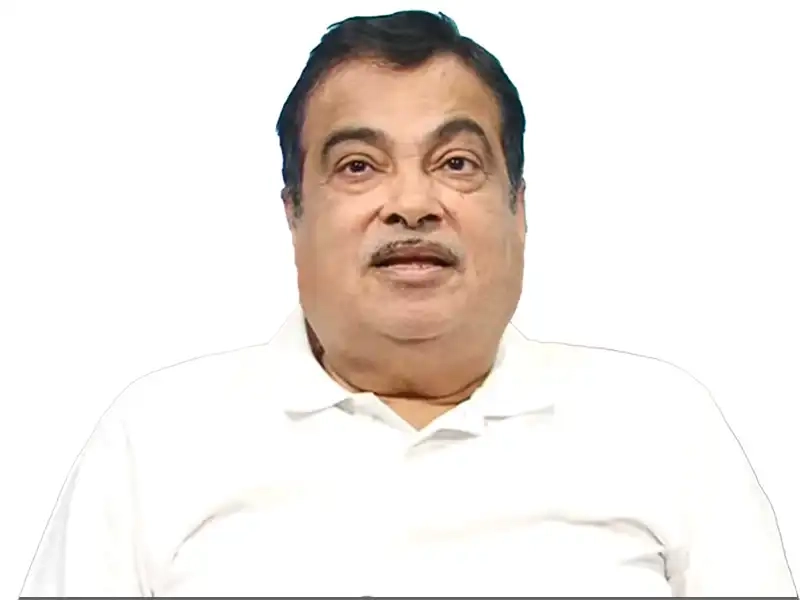
Precast concrete construction technology is gaining acceptance for application in real estate, metro rails, flyovers, tunnel linings etc. due to advantages of speedy construction, economy, durability, and high quality. Have you considered its suitability for road construction as prefab could possibly help meet your target of 100 km per day of highway construction from the present 27-30 km per day?
Precast Concrete Construction has the benefits of all-weather and fast construction, reliable quality, enhanced performance, durability, aesthetics due to uniformity in appearance, and reduced carbon emission, reduced noise and air pollution due to reduced construction activities at site, etc.The ministry issued the National Precast Concrete Policy on 8th April 2022. Here the Contract/Concession agreement document shall include the provision of mandatory use of factory manufactured pre-cast concrete elements in projects within 100 km radius of a pre-cast factory. The minimum mandatory usage should be 25% of the total concrete volume, other than the foundations and sub-structures of Bridges/Viaduct/RoB.
We are encouraging the use of maximum precast components in road infrastructure, for which there will be a requirement for setting up large numbers of precast component manufacturing units.
We are encouraging the use of maximum precast components in road infrastructure, since there is a huge potential for this technology, and for which there will be a requirement for setting up large numbers of precast component manufacturing units, with a lot of capacity building and training of manpower.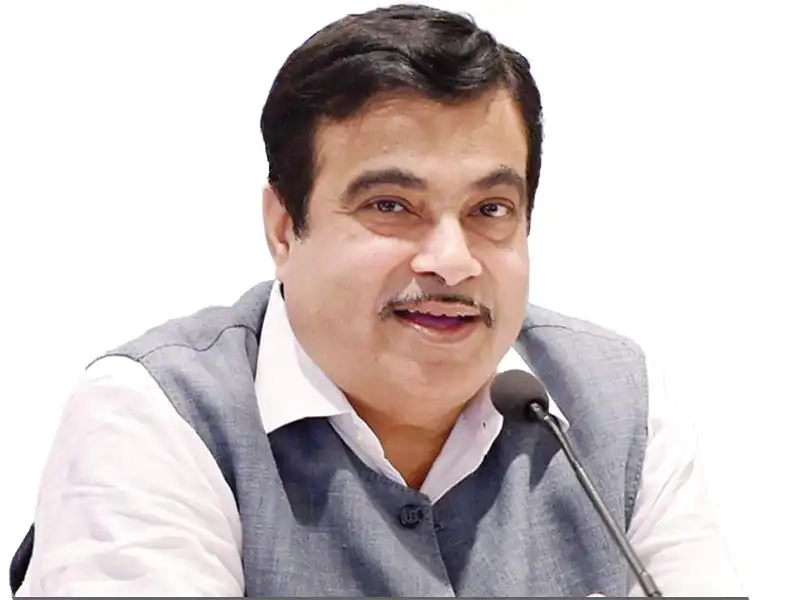
How do you perceive platforms like CII-Excon (South Asia’s largest exhibition on innovative construction machines, products, and technologies of major global and domestic players) in assisting contractors and developers for selecting the right equipment and technology for use in complex infrastructure development projects?
I strongly believe that government policies and innovative technologies can improve delivery of projects that are built with sustainability and climate-consciousness in mind. We are always on the look-out for creative and futuristic solutions for today’s challenges. In order to bring down the cost of construction and reduce emissions, there is emphasis on the use of alternative fuels; use and reuse of waste materials; and we are also deploying new techniques, technologies, and innovations in both method and machinery.Coordination, communication, and co-operation with all the stakeholders is important to build infrastructure at par with global standards. In this regard, the CII-Excon platform is highly fruitful for all the stakeholders in the infra construction sector. Adoption of global best practices will help the infrastructure sector and the construction equipment industry to reduce pollution, and also increase demand for construction equipment in foreign markets.
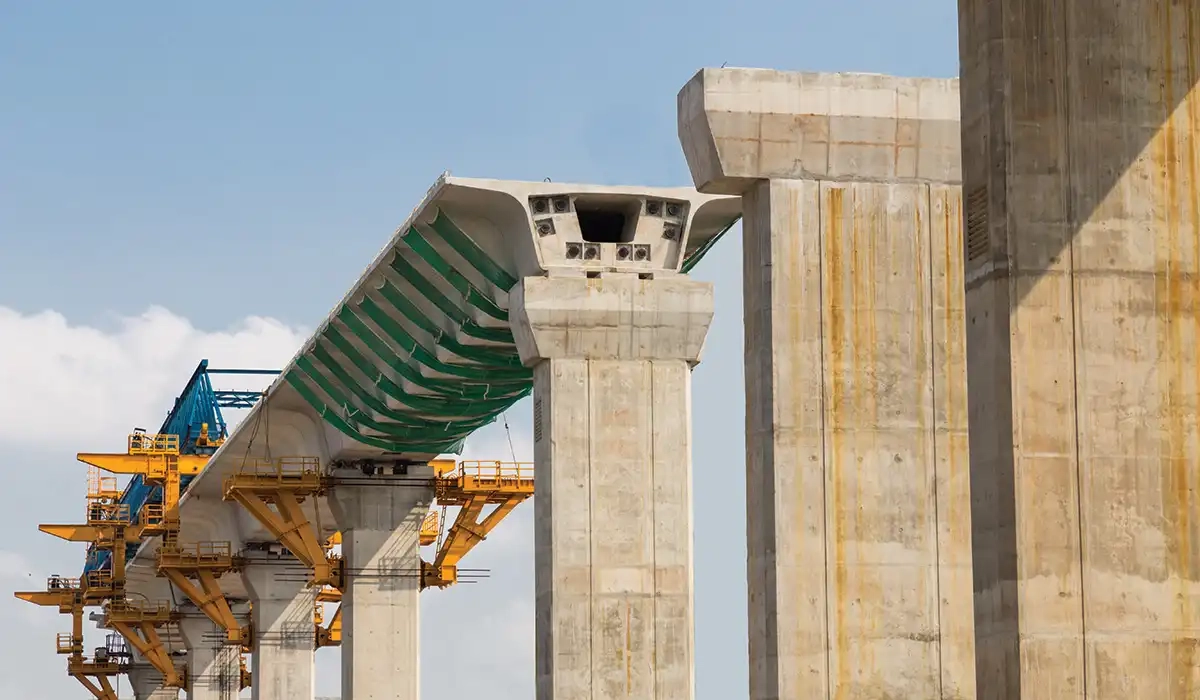
Since high-quality and technologically advanced machines can significantly improve road construction quality and lifespan, and enable timely completion, how can MoRTH encourage contractors to adopt such machines, despite concerns regarding the machines initial higher cost?
The ministry is working towards rating contractors to incentivize high-quality and technologically advanced machines that can significantly improve road construction quality, lifespan, and timely completion. Quality First is our mantra for highway development. Modern construction methodologies along with required machinery, plants, and equipment are being adopted by MoRTH.
NBM&CW - December 2023



















